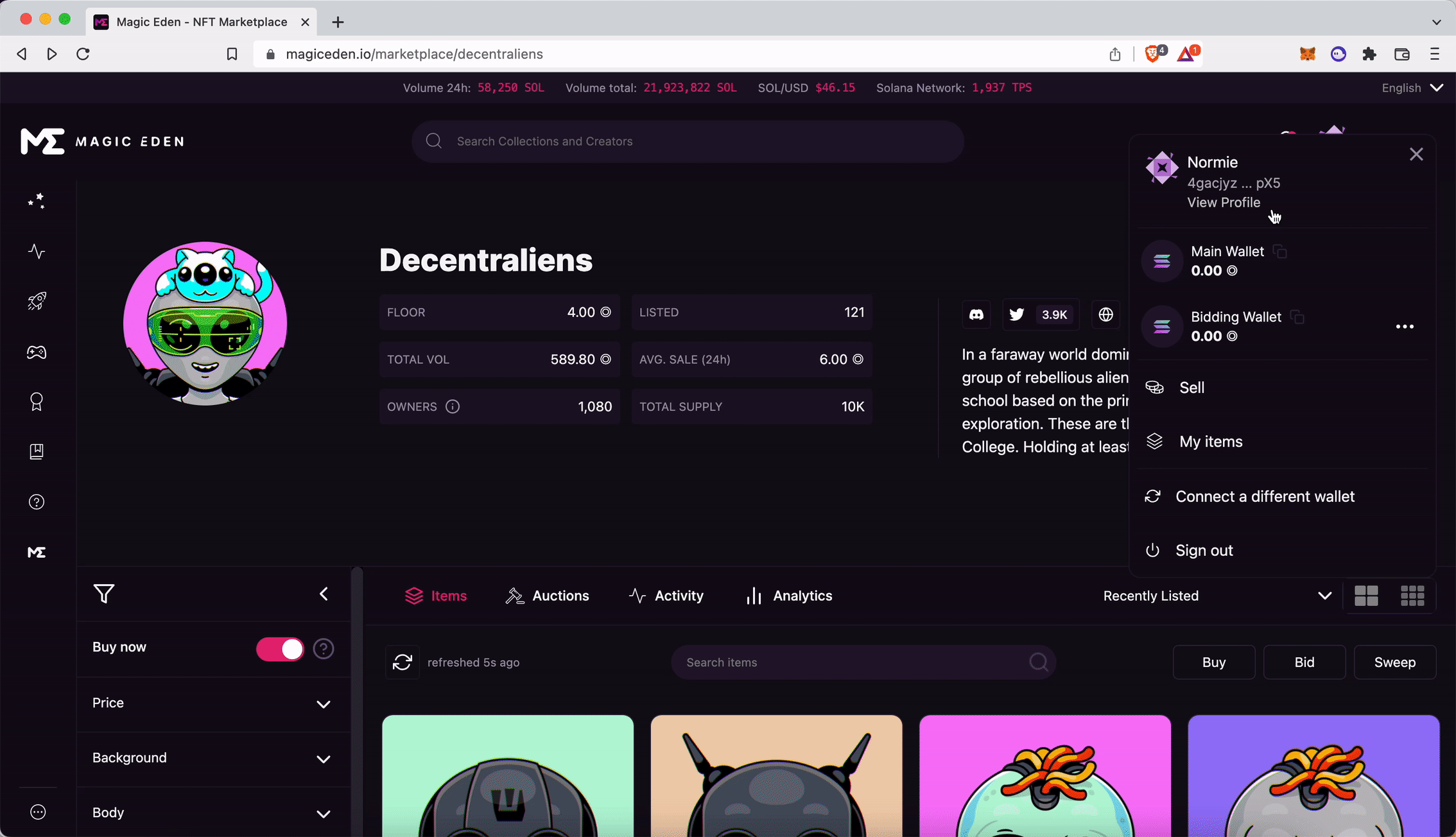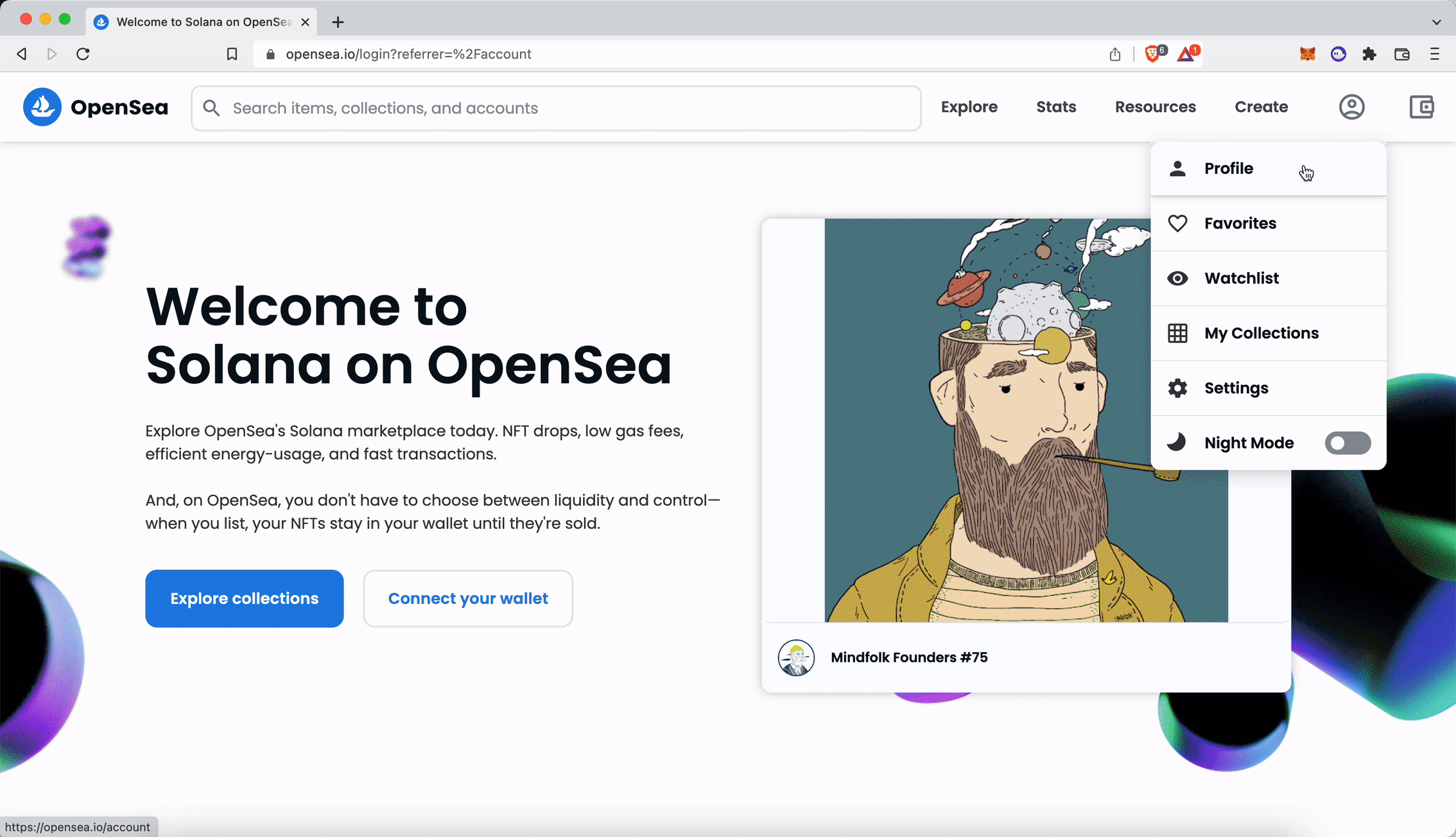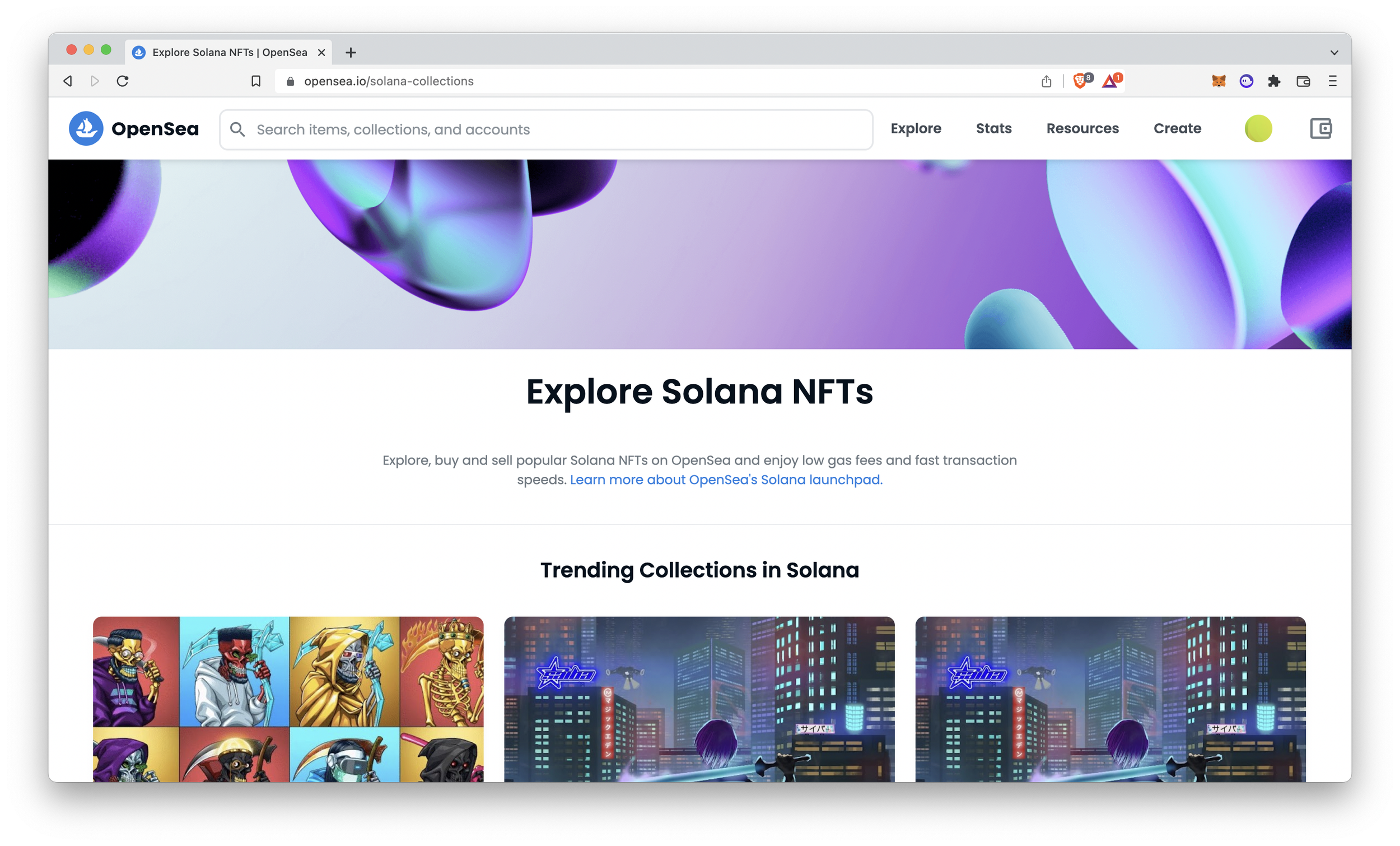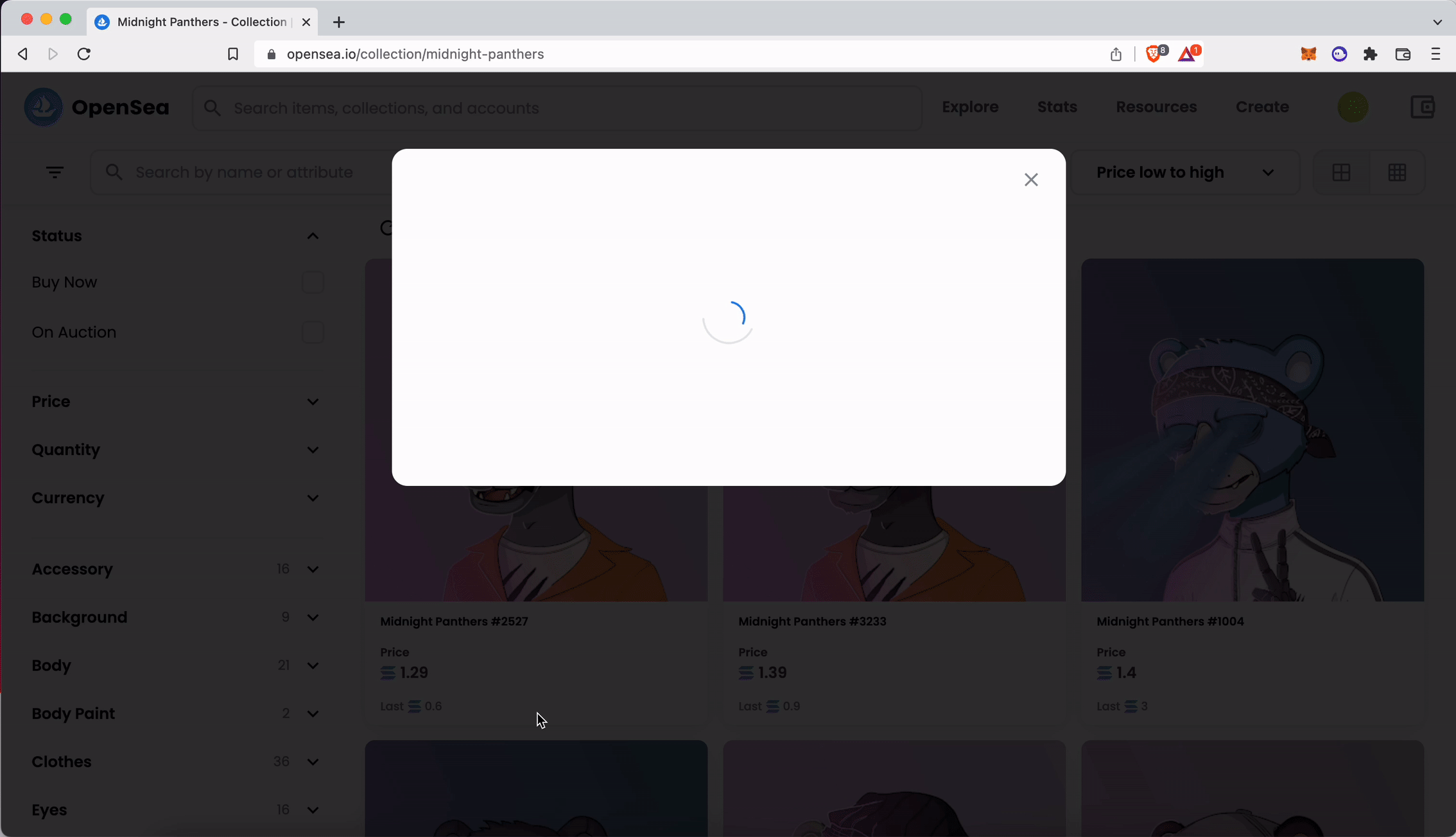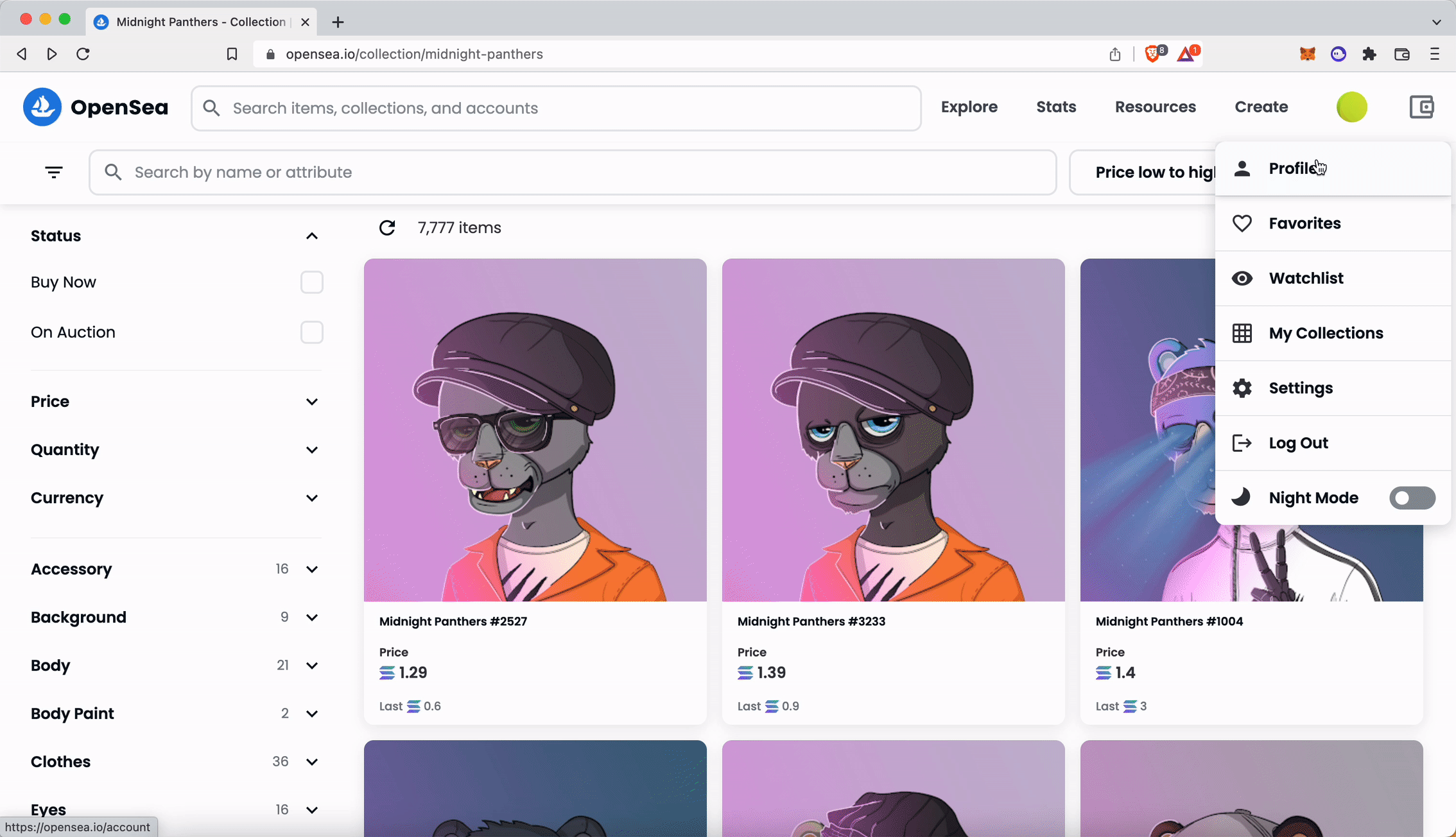A Guide to Solana’s NFT Ecosystem
Solana, a decentralized blockchain known for its speed and scalability, has a thriving NFT ecosystem with a growing number of successful projects, collectors, and creators.
Solana is quickly becoming a blockchain of choice as more people discover and explore the world of NFTs. Collectors and creators are opting for blockchains with low environmental impact, affordable transaction fees, and minimal network congestion.
In this guide, we will explore Solana’s thriving NFT ecosystem and learn how to mint an NFT on the Solana blockchain.
Getting Started with NFTs on Solana
NFTs are unique digital assets that represent various forms of digital media such as art, music, collectibles, in-game items, and more. Although NFTs were born on the Ethereum blockchain, a number of alternative blockchains and public crypto networks have emerged to make NFTs accessible to all.
Solana utilizes a Proof of Stake consensus mechanism and a new technology called Proof of History to secure its network. By taking into account the passage of time and establishing “timestamps” built into the blockchain through Proof of History, information on the Solana network can be validated quicker and requires less computational power as compared to Proof of Work blockchains. On Solana, thousands of transactions are processed each second, and the average cost remains low at $0.00025 per transaction.
Since Solana utilizes an energy-efficient consensus mechanism, each transaction on the network has a low carbon footprint and consumes less energy than three Google searches. Although the number of transactions on Solana are increasing, its energy impact remains below that of Proof of Work blockchains. The Solana Foundation is also committed to lowering its environmental impact by keeping the Solana network carbon neutral in 2022.
How to Mint a Solana NFT
To get started collecting NFTs on Solana, you will need a Chromium-based browser (Brave, Google Chrome), a Solana-compatible wallet (Phantom), and Solana’s native token, SOL.
Learn how to set up a Phantom wallet and how to purchase SOL by reading our guide here.
Solana has a number of NFT marketplaces where you can buy, sell, and create NFTs. Each NFT marketplace has different features, fees, and NFT collections.
The most popular NFT marketplaces on Solana are Magic Eden, SolSea, and Solanart. Solana NFTs also have cross-chain compatibility with some Ethereum NFT marketplaces such as OpenSea and Rarible.
The process of minting an NFT will be similar for each NFT marketplace you visit - you will need to connect your wallet to create an account and spend some SOL in exchange for an NFT.
This guide walks you through minting a Solana NFT on Magic Eden and OpenSea.
Minting NFTs on Magic Eden
Magic Eden is the leading NFT marketplace on Solana with 8,000+ NFT collections, an exclusive minting platform, a liquid secondary marketplace, and Web3 games. Minting an NFT on Magic Eden only takes a few steps.
1. Visit Magic Eden and connect your Solana wallet to create an account. Verify your account by signing with your wallet.
2. Discover NFT projects by browsing through popular and new collections, auctions, and upcoming drops. Make sure you always do your own research before making a purchase - more on that below.
3. Once you’ve found an NFT you want to collect, click the “Buy now” button to initiate the purchase.
4. Confirm the transaction to mint the NFT from your wallet and wait for a few minutes for your transaction to go through.
5. After your transaction goes through, navigate to your profile on Magic Eden and view your new NFT.
6. Alternatively, you can view the NFT in your Phantom wallet by navigating to the “Collectibles” section.
Minting Solana NFTs on OpenSea
OpenSea, the largest NFT marketplace on Ethereum, recently launched support for Solana-based NFTs. For now, a separate OpenSea account is needed to interact with the Solana launchpad. To create an account, you only need a Solana-compatible wallet such as Phantom.
Here’s how to mint a Solana-based NFT on OpenSea:
1. Visit OpenSea’s Solana Launchpad and connect your Phantom wallet to create a new OpenSea account. If your Ethereum wallet is connected, you will need to disconnect it to be able to use the Solana launchpad on OpenSea.
2. Discover and browse through a number of trending NFT collections on Solana. OpenSea currently supports a limited number of Solana NFT collections, but more collections are added on a daily basis.
3. After you’ve found an NFT you want to collect, click “Buy now” to initiate the purchase. Confirm the transaction from your wallet and wait a few minutes for your purchase to go through.
4. Once your transaction is successful, you can view your Solana NFT on your OpenSea profile under the “Collected” tab.
OpenSea and Rarible are two Ethereum NFT marketplaces that are expanding support to other blockchains, contributing to the overall growth of the crypto economy. By bridging different blockchains, more people can discover and experience the second largest NFT ecosystem, Solana.
NFT Projects on Solana
NFT projects have evolved to become more than digital media people can collect and trade. The success of NFT projects can be attributed to an increase in use cases for NFTs. This year, a number of successful NFT projects have launched on Solana such as Invisible College and Aurory, to name a few.
Invisible College, an NFT collection of 10,000 decentraliens, grants collectors a number of benefits such as access to Web3 education, courses, Web3 tools, private Discord channels, events, and more. By providing utility to collectors, the NFT project can retain its value and develop a strong community around shared interests.
Another popular NFT project is Aurory, a gaming studio that allows users to own their in-game assets and earn $AURY tokens. Aurory first launched a collection of 10,000 Aurorian NFT characters.
As compared to other play-to-earn Web3 games, Aurory does not require users to hold an NFT to play the game.
Evaluating NFT Projects
When it comes to investing in NFTs, it’s important to always do your own research beforehand. You can set your own criteria to evaluate whether an NFT project is worth investing in. Some things to look out for are the team behind the project, the community, the art and utility, and the roadmap.
Of course, investing strategies are different for everyone, so choose an NFT project that aligns with your personal interests. If you would like to learn more about evaluating NFT projects, we’ve compiled a list from the Surge community which you can read here.
Have fun as you explore new NFT ecosystems and let us know how it goes!
Join the Surge Discord server and stay tuned for more educational Web3 content by signing up for the Surge newsletter below.





